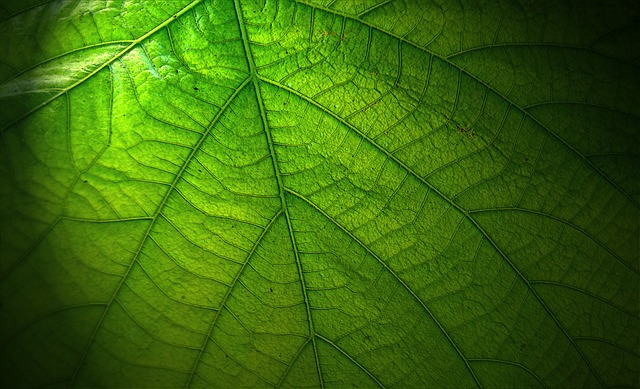Mastering HDR Photography: Lens Guide for Stunning High Dynamic Range Shots
In the world of photography, few techniques can transform a scene as dramatically as HDR photography (High Dynamic Range). This captivating method allows photographers to capture the true essence of a moment, showcasing both the brightest highlights and the deepest shadows in a single frame. However, to truly master HDR photography, the right lens is essential. Let’s explore how choosing the best lens can elevate your HDR shots to stunning new heights.
Understanding HDR Photography
At its core, HDR photography is about capturing a broader range of luminosity than traditional photography allows. This technique is particularly beneficial in high-contrast situations where the dynamic range of your camera sensor might fall short. Imagine standing on a mountaintop at sunset, where the brilliant colors of the sky clash with the dark silhouettes of the landscape below. This is where HDR shines the brightest.
Choosing the Right Lens for Your HDR Shots
The power of HDR photography is greatly influenced by the lens you choose. Here are some factors to consider:
1. Aperture Matters
When selecting a lens, consider its aperture capabilities. A lens with a wide maximum aperture (like f/1.8 or f/2.8) allows for optimal light capture, which is essential when shooting in varied lighting conditions. However, for HDR photography, a smaller aperture is often preferred to achieve greater depth of field and sharper images across the frame.
2. Focal Length and Perspective
The focal length of your lens will dramatically affect the perspective of your HDR images. Wide-angle lenses (24mm and below) are fantastic for landscape photography, allowing you to capture sweeping vistas with incredible detail. Conversely, mid-range lenses (35mm to 70mm) are great for more intimate scenes where you want to highlight specific elements without distortion.
3. Image Stabilization
Utilizing a lens with image stabilization can be a game-changer in HDR photography, particularly in low-light situations or when shooting handheld. Stabilization helps reduce motion blur, ensuring that every bracketing shot you capture remains sharp, which is crucial for seamless HDR merging.
Recommended Lenses for Stunning HDR Photography
Here are a few lenses that can significantly enhance your HDR photography experience:
- Canon EF 16-35mm f/2.8L III USM – This wide-angle lens is beloved by landscape photographers for its sharpness and color accuracy.
- Nikon NIKKOR Z 24-70mm f/2.8 S – A versatile zoom lens that performs wonderfully in a variety of lighting scenarios, offering impressive bokeh for added depth.
- Sony FE 12-24mm f/4 G – An exceptional choice for those looking to capture expansive scenes with minimal distortion.
The Process of HDR Photography
To fully utilize your lens and capture stunning HDR photos, remember these steps:
- Set Up Your Camera: Use a sturdy tripod to prevent any movement between shots.
- Choose Your HDR Settings: Set your camera to bracket exposures. This means taking multiple shots at different exposures, typically -2, 0, and +2 stops.
- Edit Your Images: Use software to merge the different exposures into a cohesive HDR image, adjusting highlights and shadows for the best effect.
By carefully selecting the right lens and mastering the HDR process, you can create breathtaking images that captivate and inspire. Embrace the beauty of HDR photography and let your lens be your guide in capturing the magic of every moment.




